How to cover raspberries for the winter?
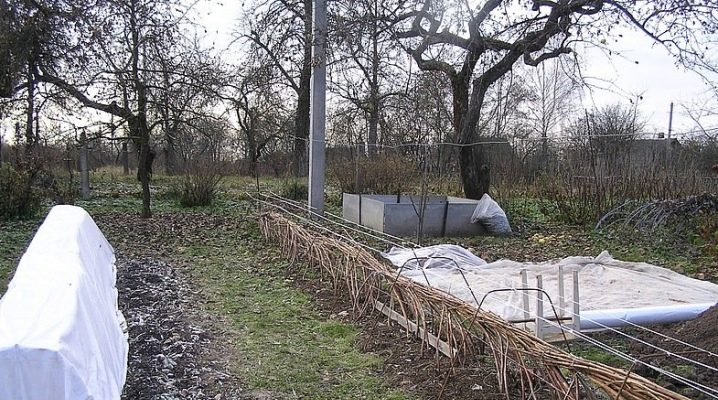
Before the onset of winter, gardeners try to protect raspberries from frost. This is done in order to make the plants stronger and also to increase their yield.

The need for shelter
If the winters in the region are not too frosty and snowy, the raspberry tree may well do without shelter. But if the temperature drops below -30 degrees, the plants must be covered with special materials. Otherwise, the bushes may not survive the winter.
It is imperative to cover raspberries if too young seedlings or bushes unsuitable for life in a particular region grow on the site.
Studless varieties are especially in need of protection. Their stems must be protected not only from the cold, but also from rodents.
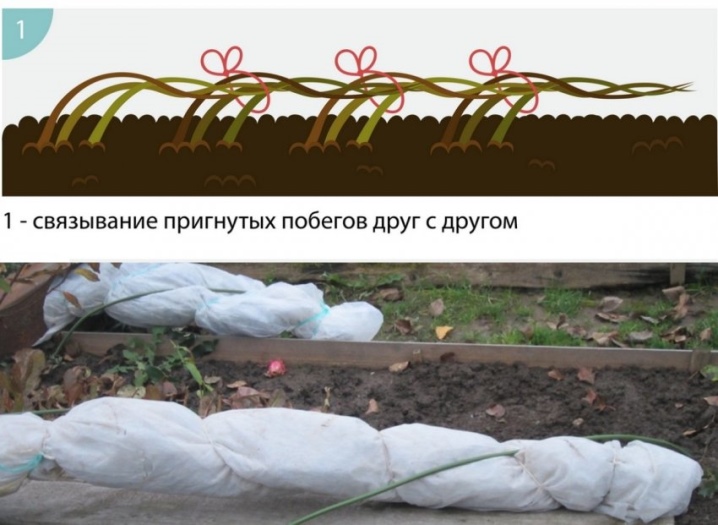
When should you cover?
To reliably protect raspberries from cold weather, you need to cover them in a timely manner.
- Moscow suburbs... In this region, the raspberry tree is usually covered in early November. At this time, the weather there is still dry and calm.
- Ural and Siberia. They begin to cover the bushes in this part of the country in the second half of October. In this case, the temperature should not fall below zero.
- Transbaikalia... In this region, nights get chilly in August. Therefore, local gardeners insulate raspberries early enough. This is usually done in the first weeks of October.
- Far East... Raspberry shelters begin to be created in late September or early October, depending on the weather. In this case, the plants can survive the long cold winter.
- Primorye... Winters are mostly mild here. But there are also surprises. Therefore, each gardener decides for himself whether to cover the bushes or not. Preparations for winter are usually done at the end of October.
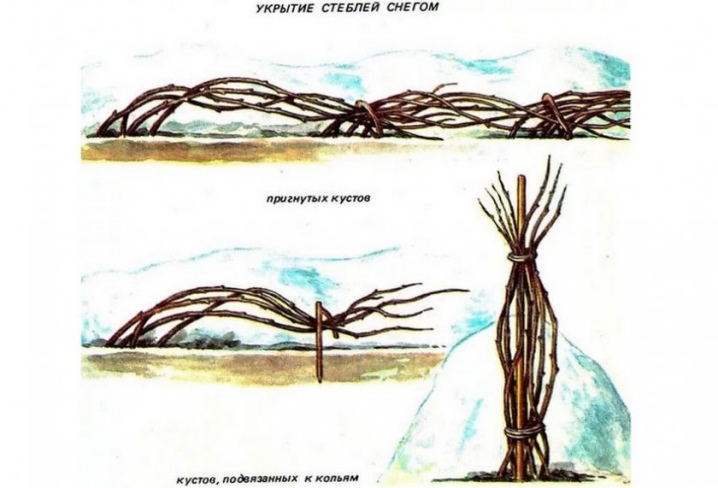
If you start to prepare the raspberry tree for winter in time, the bushes will be able to survive this season both in the Leningrad region and in Buryatia or in any other region.

Preparation
It is best to start preparing the bushes for the winter cold immediately after harvesting. This process consists of several stages.
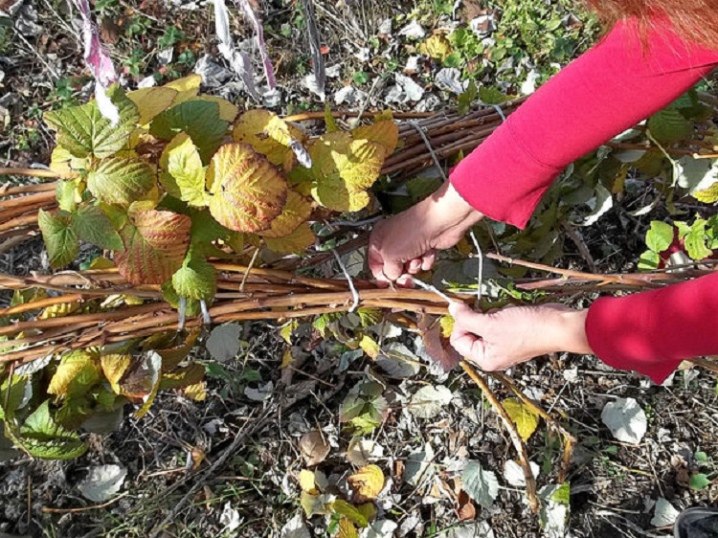
Top dressing
All gardeners know that fruiting raspberries dramatically depletes the soil. Therefore, after harvesting, the plants must be fed. Thanks to this procedure, in the next season, raspberries will delight their owners with an excellent harvest.
For feeding raspberries in the fall, it is not recommended to use fertilizers with nitrogen.
They significantly reduce the winter hardiness of the bushes. In the fall, raspberries should be fed with fertilizer, which contains potassium and phosphorus. A minimum amount of top dressing is introduced into the soil. This is done a few weeks before the onset of cold weather.
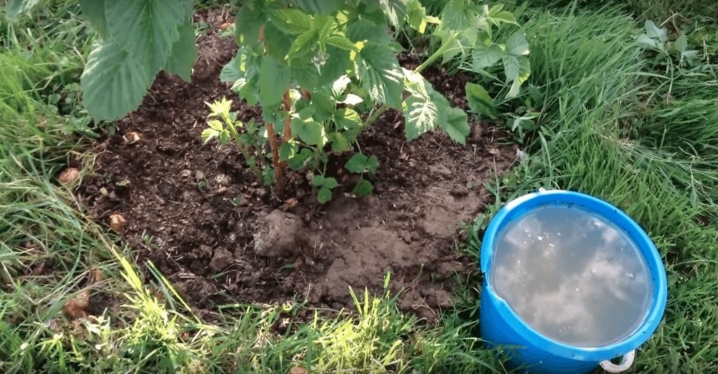
Pruning
Experienced gardeners recommend not to ignore autumn raspberry pruning. This procedure also helps to increase the yield of the bushes. The process of pruning common raspberries consists of several basic steps.
To begin with, two-year-old shoots need to be cut with a sharp secateurs. In this case, young shoots will receive more substances that they need for normal development. After that, it is necessary to remove all diseased and broken branches. Bushes also need to be cleaned of dried leaves.
It is best to prune raspberries in early autumn.... In this case, young shoots will have time to get stronger before the onset of cold weather.

Bushes processing
After pruning raspberries, prophylactic treatment of the bushes is carried out. First, the site must be cleared of all weeds, old leaves and fallen branches.If the raspberry bushes are healthy, this waste can be added to the compost pit.
Otherwise, they will have to be burned or taken out of the site.
Gardeners prefer to process bushes with solutions of iron and copper sulfate. The rest of the product is usually poured under the roots of the plants. The procedure helps protect plants from fungal diseases. A couple of days after treating the bushes, raspberries can be sprayed with any suitable insecticide.
After processing raspberries, the soil on the site is recommended loosen up... This is done in order to get rid of the pest larvae.
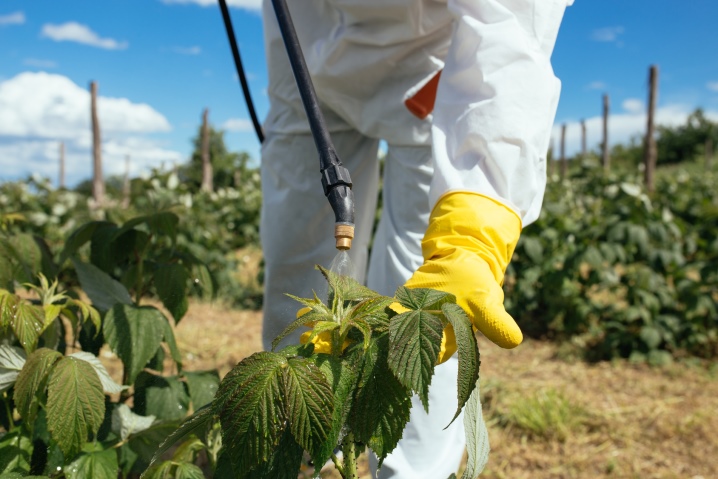
Watering
Before wintering, the site must be watered abundantly. This is usually done in mid-October, when the soil is still warm enough. You need to water the bushes carefully. The soil must be well moistened. But there should be no water in the near-barrel circle. If necessary, this process should be extended over several days.
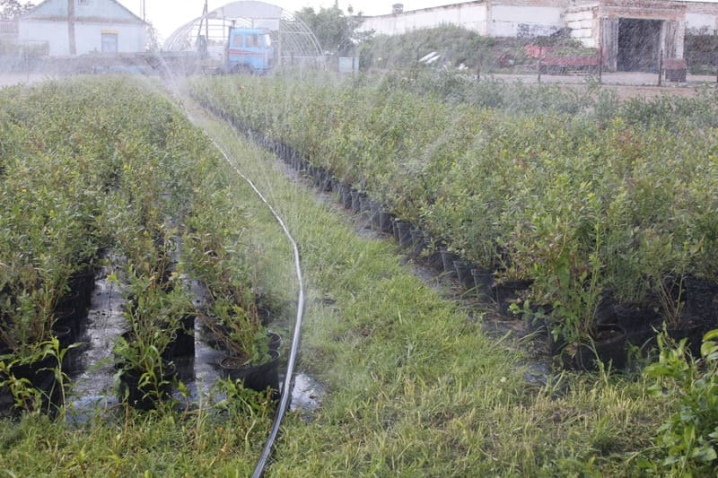
Materials (edit)
Having finished with the preparation of the plants, you can start covering the raspberries. For this, you can use a variety of materials.
- Lapnik... The covering material perfectly protects the bushes from wet snow and cold winds. To create a secure shelter, you need to use dry and healthy pine or spruce branches. You need to collect them in advance.
- Agrofiber... You can buy this material at a hardware store or a gardening store. The thickness of the agrofibre should be selected, focusing on the peculiarities of the weather. In this case, it will definitely be able to save raspberries from the cold.
- Foliage... In some cases, the soil is covered with dry leaves. Such covering material perfectly protects bushes from winter cold. In the spring, rotted foliage will be an excellent fertilizer for the raspberry tree. It should be remembered that the foliage of fruit trees cannot be used to cover the bushes. Cover the raspberries with plastic wrap.
- Straw... To create shelters, straw is usually tied in bunches. These blanks are put on bushes prepared in advance. As in the case of foliage, such shelters need to be additionally wrapped with foil.
- Sintepon... This material is used to cover raspberry bushes less often than others. As a rule, it is chosen by gardeners living in the northern regions. Plants are wrapped in several layers of padding polyester. After that, the material is fixed with a rope.

If natural materials were used as a covering material, the raspberry must be protected from rodents. To do this, next to the bushes, it is necessary to spread the poison or place traps.
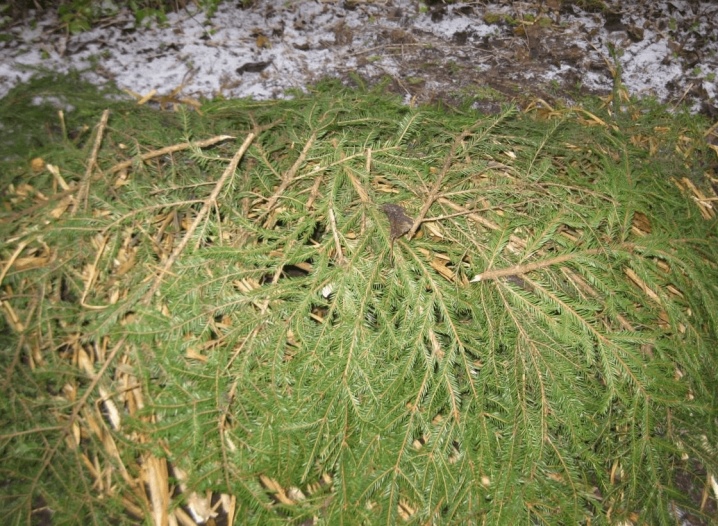
How to insulate raspberries?
Warming raspberry bushes is not as difficult a procedure as it might seem at first glance. When preparing plants for winter, it is worth considering the characteristics of raspberry varieties.
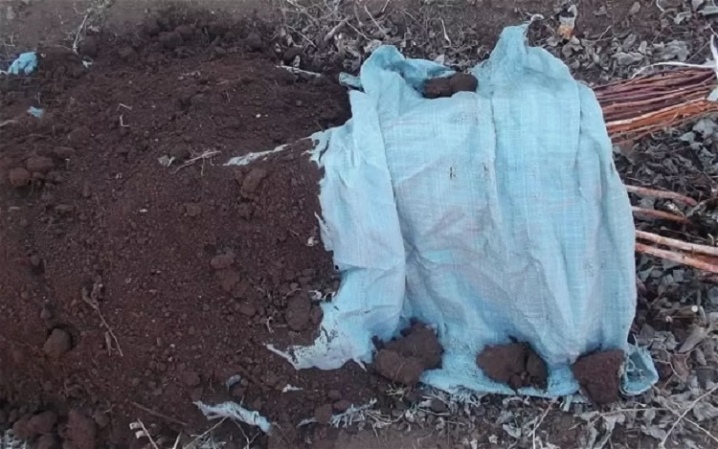
Regular
Ordinary raspberry bushes are less hardy. Therefore, their insulation should be treated more responsibly.
Such varieties of raspberries are always fed in the fall. This makes them stronger.
Bushes before wintering are usually bent to the ground. They do this very carefully, trying not to break the shoots. After the plant is fixed in this position and covered with spruce branches, leaves or any other insulation.
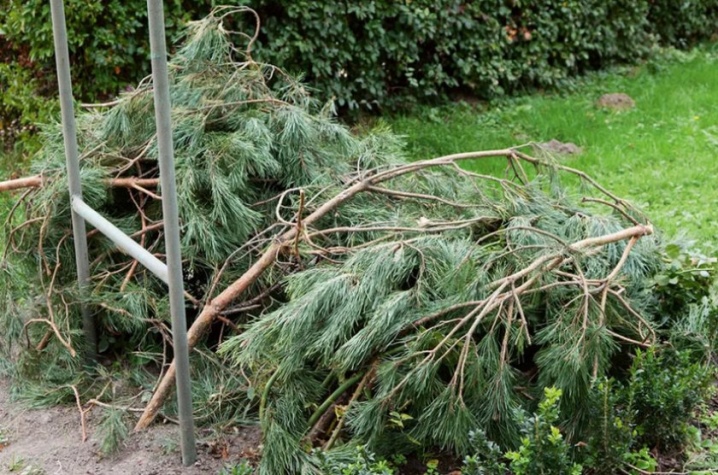
Repaired
This raspberry differs from the usual one in that it bears fruit several times a year. Berries from such a bush are usually harvested in the fall. Therefore, the remontant raspberries are cut off a little later. At the same time, it is necessary to insulate raspberries even before the first frost, because severe cold can make the shoots brittle. Before covering the plants with covering material, the branches must be shortened to 70-80 centimeters.
Cover the raspberries with a light, breathable material.
Some gardeners choose to cut the branches completely. After such a procedure, the bushes do not have to be treated with special preparations or additionally insulated. If done correctly, the plant will give only one crop, but it will be very plentiful.
Following these simple tips, even a novice gardener can handle the preparation of raspberry bushes for winter.
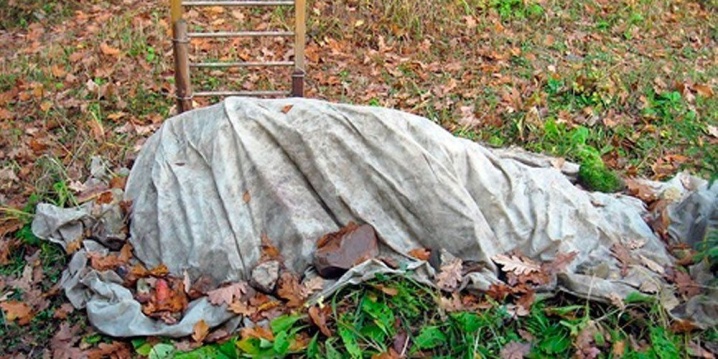













The comment was sent successfully.